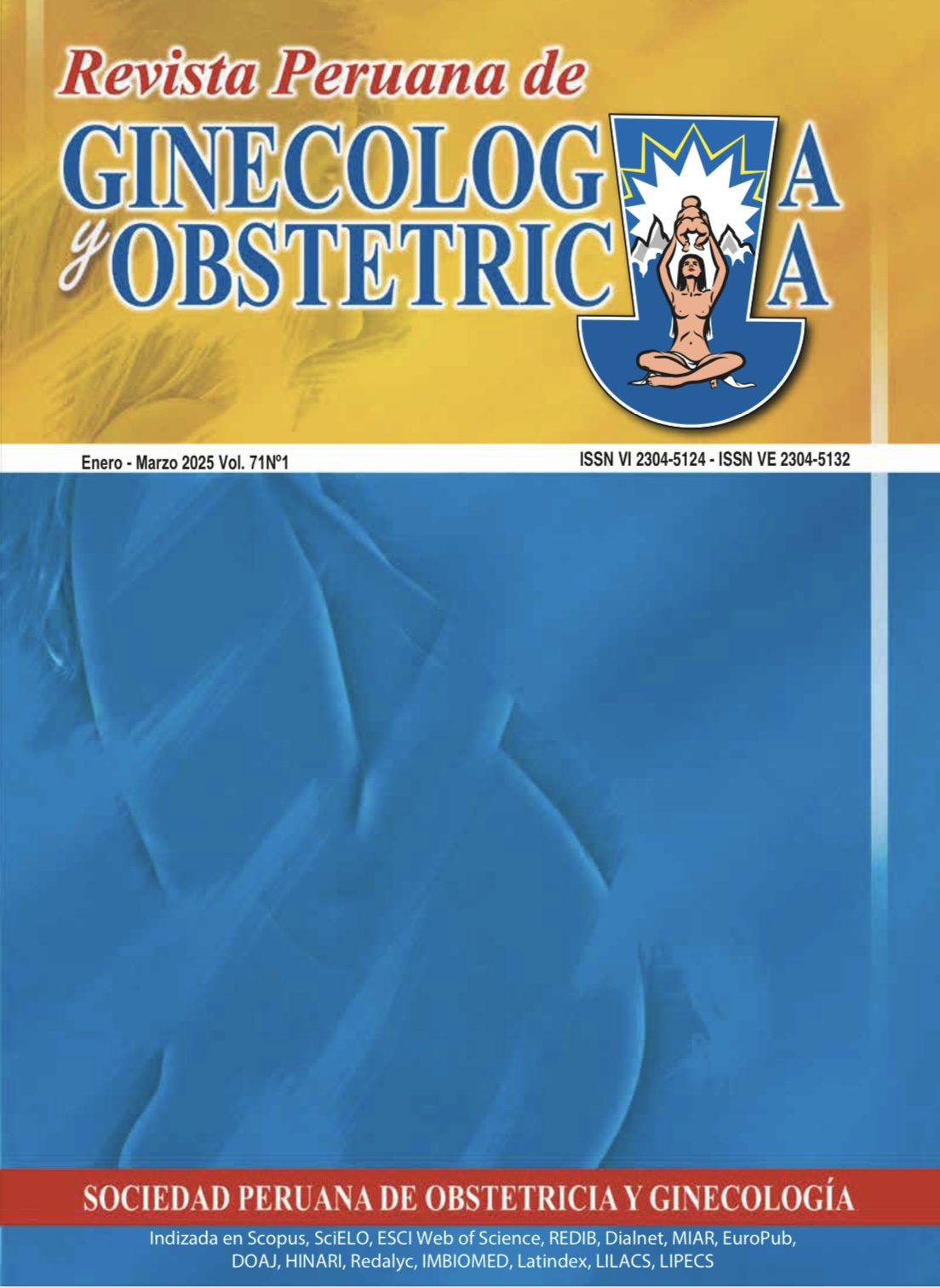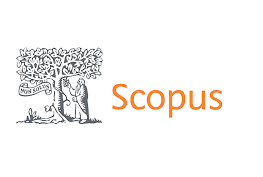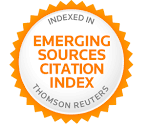Comparison between clinical-ultrasound and pathological tumor size in breast cancer. Descriptive study
DOI:
https://doi.org/10.31403/rpgo.v71i2731Keywords:
Breast cancer, Neoplasm staging, Size perception, Observational studyAbstract
Introduction: Clinical evaluation of tumor size in the TNM classification is an integral
part of the diagnosis of breast carcinoma. The surgical decision depends largely on
the clinical stage. Objective: To determine the concordance between the clinical-
ultrasound and pathological size of invasive breast carcinoma. Materials and
methods: Observational, retrospective study. Surgical pathology and ultrasound
reports of patients with invasive breast carcinoma were reviewed. Data from 271
cases were included. Concordance was defined as a size difference equal to or
less than 5 mm. Demographic and clinical data were collected and analyzed using
descriptive statistics. Results: Concordance between clinical and pathological
tumor size was 30.8% (n: 73), and ultrasound was 52.9% (n: 18). The mean clinical
size was 33 mm (SD: 17.4), ultrasound was 11.3 mm (SD: 6.8) and pathological was
22.2 mm (SD: 14.4). The Student t test showed a significant difference in clinical
measurement (t= 7.5 mm, 95% CI 7.33 - 12.5; p: 0.000), Pearson correlation (r: 0.224;
p: 0.001) and ultrasound measurement (t: 3.83 mm, 95% CI 2.27 - 7.40; p: 0.001),
Pearson correlation (r: 0.342; p: 0.048). There were significant clinical-pathological
differences by clinical stages. Conclusions: In the sample studied, it was found that
the clinical and ultrasound measurement of tumor size had a low correlation with
the pathological tumor size, clinically there was a tendency to overestimate and
ultrasound to underestimate, affecting the clinical classification (TNM) for tumor size.
Downloads
Downloads
Published
How to Cite
Issue
Section
License

This work is licensed under a Creative Commons Attribution 4.0 International License.
Esta revista provee acceso libre inmediato a su contenido bajo el principio de que hacer disponible gratuitamente la investigación al publico, lo cual fomenta un mayor intercambio de conocimiento global.















